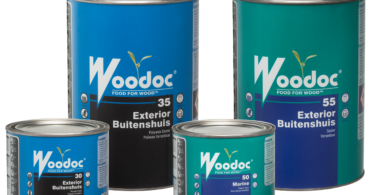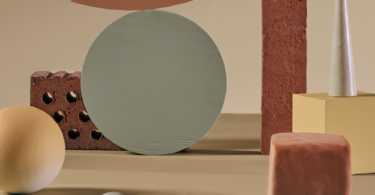Become the hero of your garden by saving water and protecting your plants from the perils of drought. The new climate cycle, El Niño, is predicted to arrive at the start of 2024, bringing with it water shortages, heatwaves, and prolonged periods of drought.
Fortunately, Life is a Garden is here to prepare all green thumbs for the scorching summer ahead with practical ways to maintain a thriving garden. One of the simplest and most effective methods is to start with hydrozoning.
Garden Jargon Decoded Hydrozoning is a landscaping technique in which plants with similar water requirements are strategically grouped together in the same area. This can be implemented in garden beds as well as mixed containers. While some initial administrative work may be necessary, once you’ve completed the required transplants, hydrozoning will save you countless hours of maintenance and conserve many liters of water.
Championing Water Conservation Hydrozoning also helps you manage your watering schedule more efficiently and prevents the common pitfalls of overwatering or underwatering your plants. By configuring your irrigation system to target specific beds rather than dousing the entire garden unnecessarily, you ensure water is allocated where it’s needed most. For instance, a mixed bed containing aloes and canna lilies is an inefficient setup during a drought since aloes have low water requirements while canna lilies demand more. The solution isn’t to discard your beloved canna lilies but to find compatible bedmates with similar needs – your local garden centre can provide expert advice on plant pairing.

Hydrozoning tips
- For water-efficient, forget-me-not beds, cluster drought-resistant classics like aloes, plumbago, and bird of paradise together, and relocate other plants based on their watering needs. Don’t forget to apply a generous layer of mulch.
- Medium-water plants may need extra attention during heatwaves, so unless they’re inherently drought-tolerant, group them according to their water needs to prevent casualties. Mulch generously.
- Transplant all your water-loving plants from beds into larger containers, grouping them together. Instead of mixed watering needs in beds, consolidate your thirsty plants in one sizable pot for simultaneous watering. Don’t skimp on mulch.
- Avoid planting in multiple small containers, as they tend to dry out rapidly.
- For patio and balcony gardens, adopt a similar approach by reducing the number of smaller containers and organizing plants according to their watering requirements. Enjoy redesigning your outdoor space, transitioning from drought-hardy to moisture-loving plants. Remember, mulching is equally crucial for all plant varieties.
- We understand that some beds are well-established and not all plants can be moved. In such cases, consider using bottle drippers and wick watering systems.

Did you know?
Apart from conserving water, hydrozoning beds and containers offer several benefits:
- Reduced water and electricity costs
- Enhanced sustainability and resilience of the landscape
- Emulation of natural ecological patterns
- Contribution to species diversity and improved biodiversity

Know your region, know your plants
Different selections of hydrozoning plants are allocated to regions with summer and winter rainfall patterns. Additionally, plants are categorized as suitable for low, medium, or high hydrozone needs. To optimize your garden, consult the Landscape Irrigation Model for South Africa (LIMSA), a valuable resource used by landscape architects. It helps determine site-specific factors and the precise water requirements for each hydrozone and the entire landscape.
You can download a copy of the LIMSA manual from the Water Wise website. Hover over “Green Industry” and select “Landscape Irrigation Model South Africa (LIMSA) Manual” for further information.











Leave a Comment